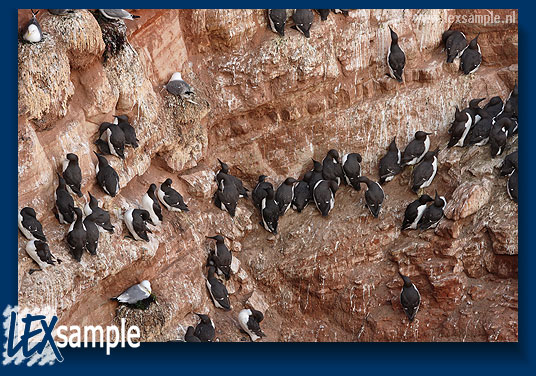 |
The west side of the high plateau have been baptised Lummenfelsen by the Germans ('guillemot cliffs'). Starting mid April the guillemots start to incubate their single, spotted green egg. The incubation period is thirt days.
|
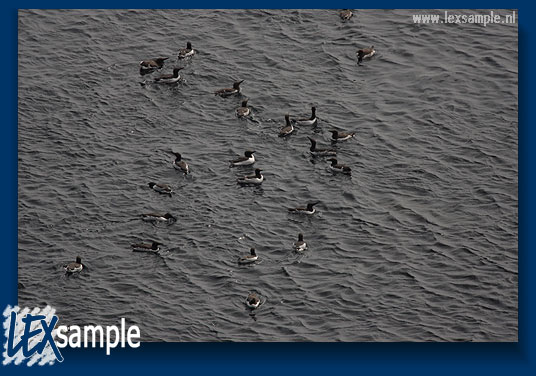 |
Guillemots (Uria aalge; German: Trottelumme) are true seabirds that only come here to breed. 2200 pairs were recorded in 2002. Flocks of guilletmots remain at sea to find food for themselves and for their young.
|
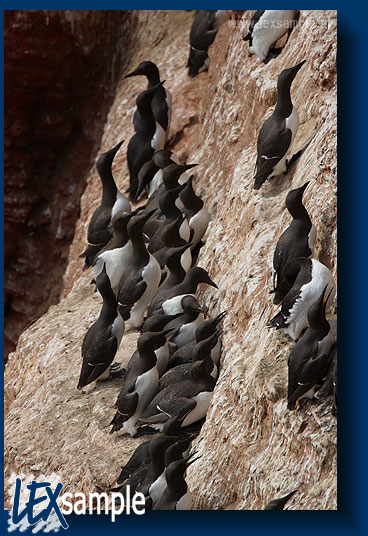 |
Tightly packed the guillemots occupy a ledge on a cliff. Many birds have opened their beak to release heat; on a day like this, it is really to warm for these birds.
|
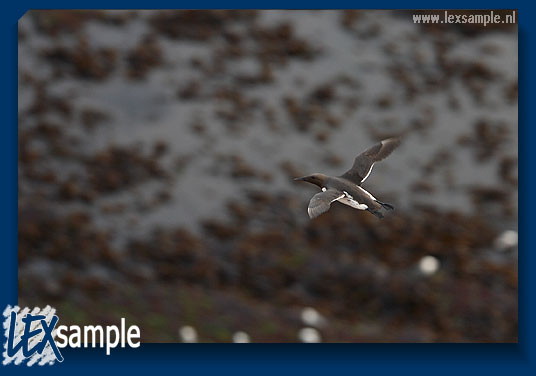 |
Guillemots are a sort of 'flying penguins'. Their short stiff wings are really build to swim and they have to flap them rapidly to remain airborn.
|
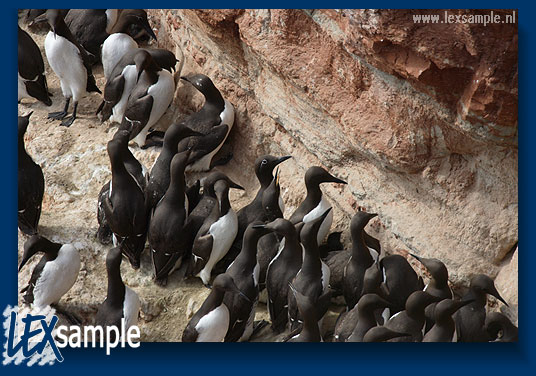 |
Right in the center there's a 'spectacled' guillemot (German: Ringellumme). The spectacled morph is more common in higher latitudes.
|
 |
Kittiwakes (Rissa tridactyla; German: Dreizehenm÷we) are birds unknown in my own country. They have got a distinct wailing cry which is transported by the western wind from the rocks down below up to the plateau, as well as the odeur of fish which originates from the birds' feaces.
|
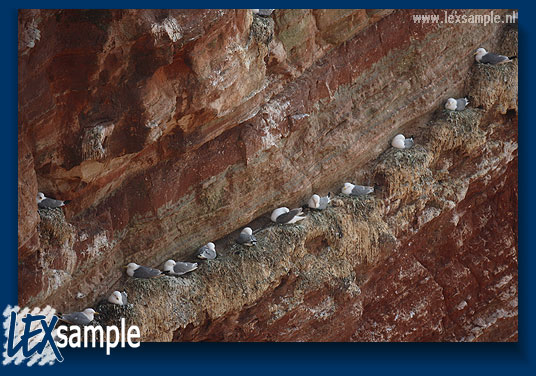 |
8000 breeding pairs were counted on Helgoland in 2002.
|
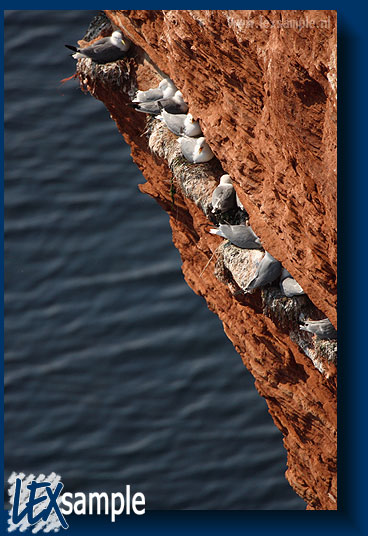 |
It always strikes me how immaculately clean these gulls manage to stay, considering the rough conditions that they have chosen to live. For me, they win the award for best design: black legs, yellew beak and a black pearly eye in an all-white head. In August the Kittiwakes leave the island to winter at sea.
|
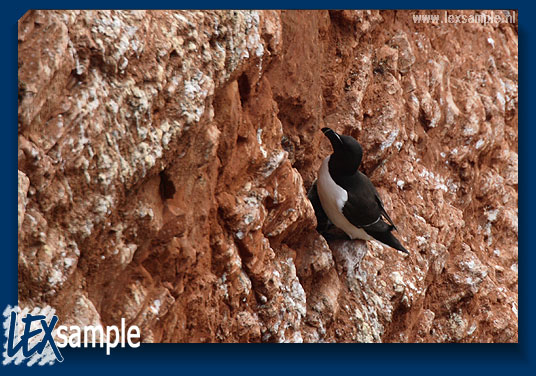 |
You'll have to scan the lower cliffs to find the Auk (Alca torda; German: Tordalk), there are only some twenty pairs living on the lower ledges of the cliffs that are somewhat more difficult to observe from the Ueberland.
|
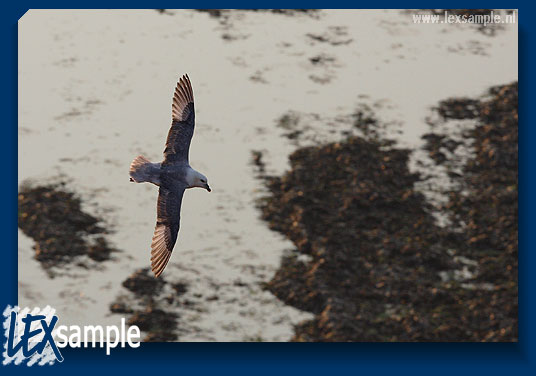 |
The Northern fulmar (Fulmarus glacialis; German: Eissturmvogel) looks like a gull at first glimpse, but this bird is more related to the albatross family. The species breeds on Helgoland since 1972.
|
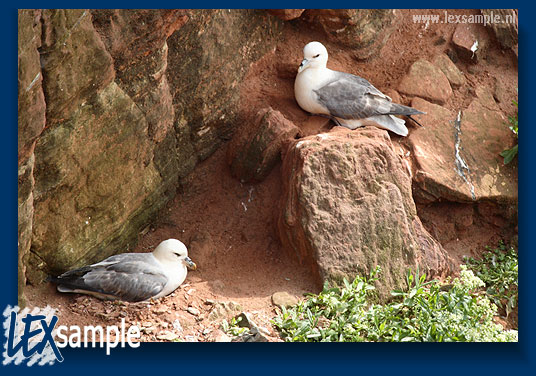 |
The thick bill is distinct on this photograph.
|























 Next page
Next page
